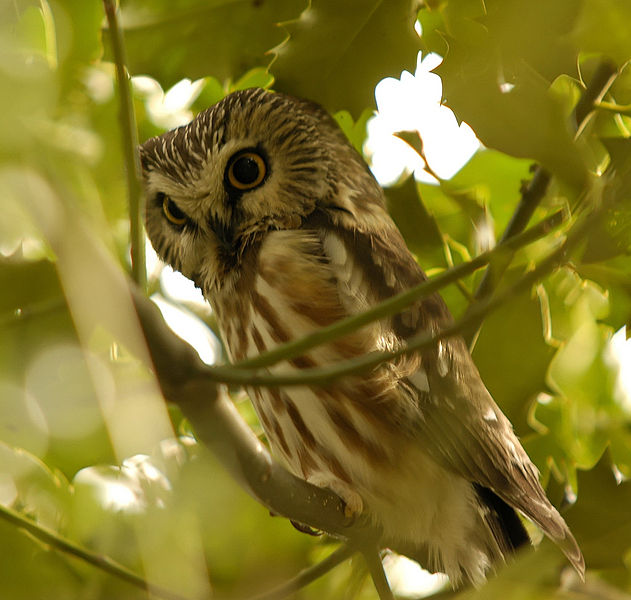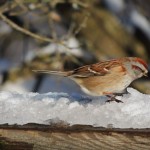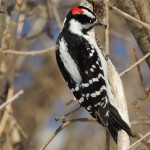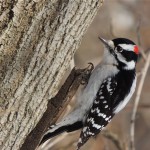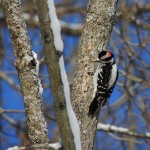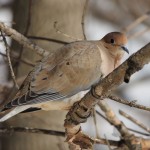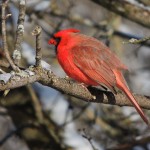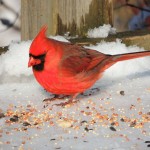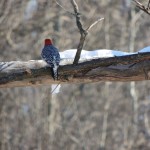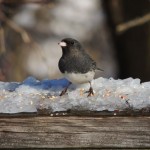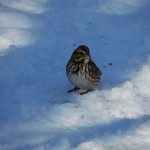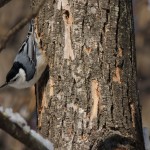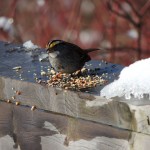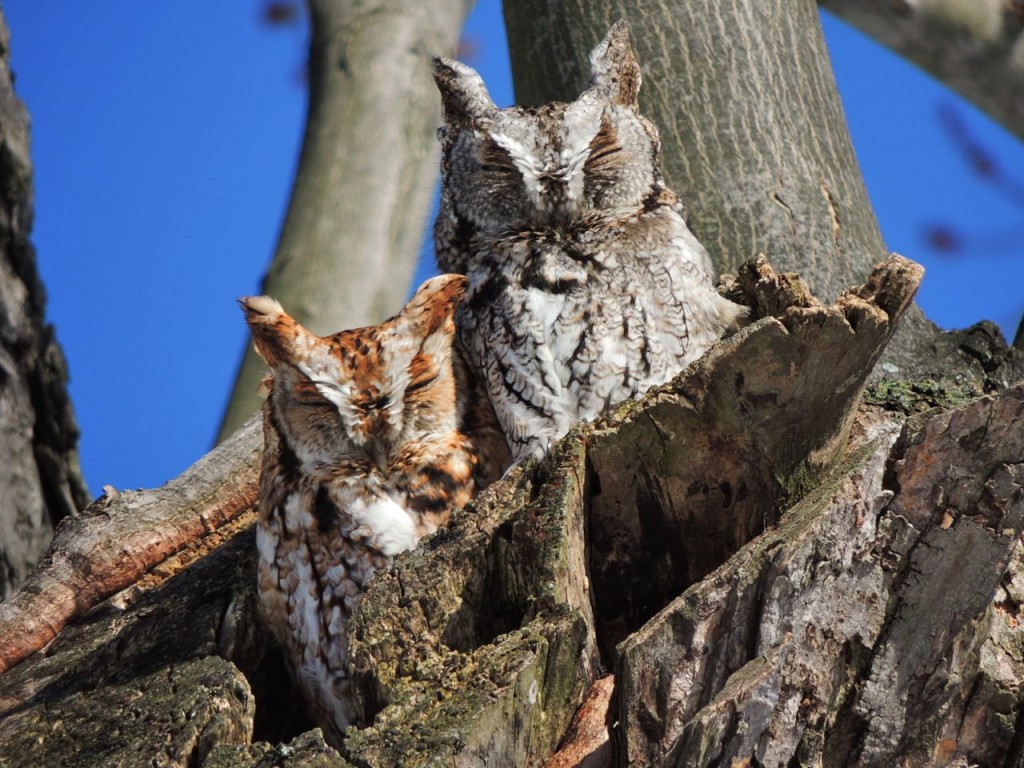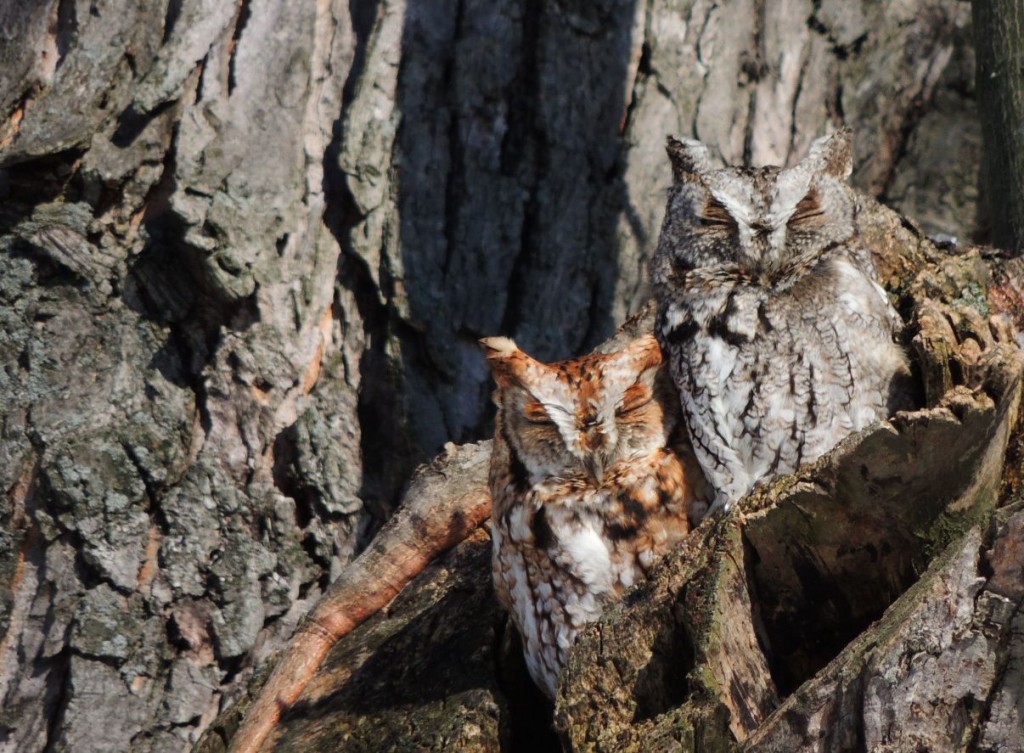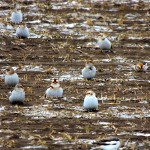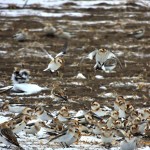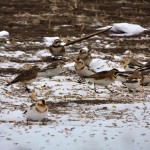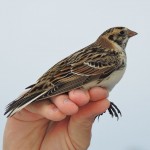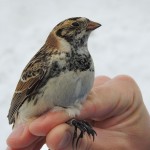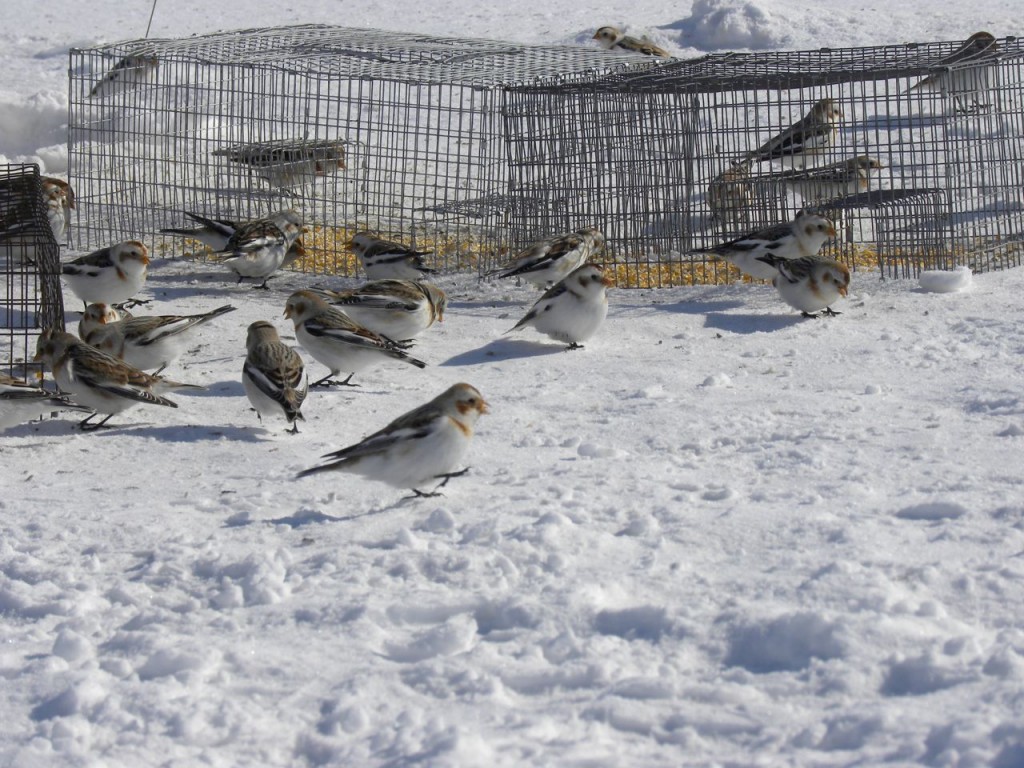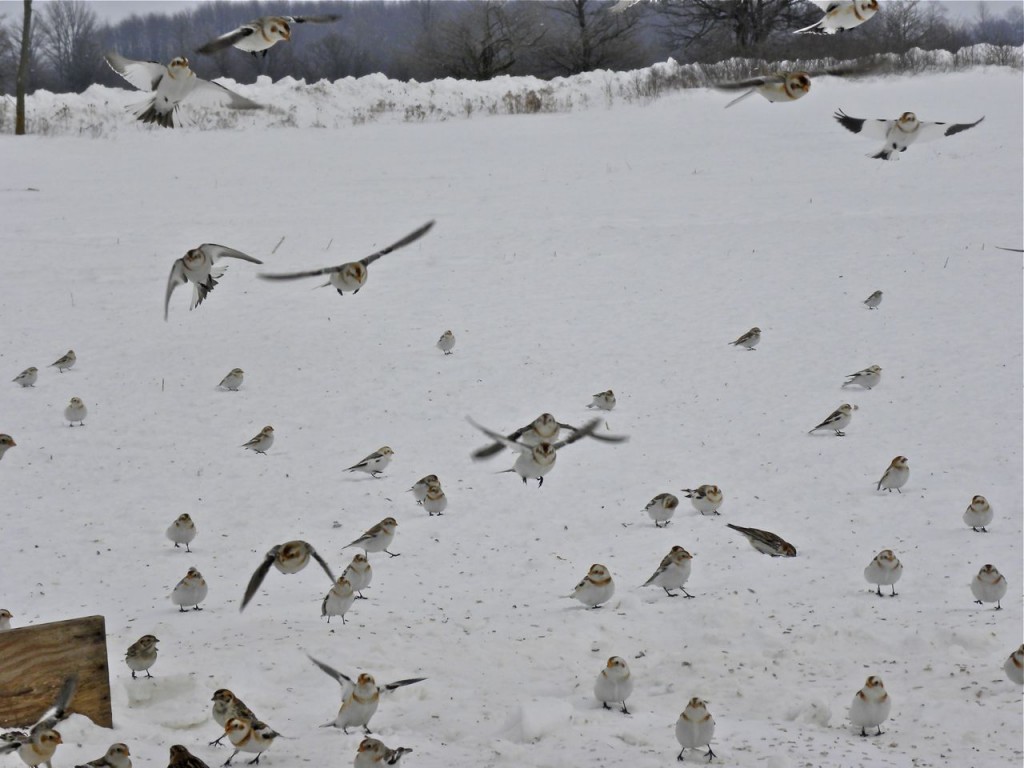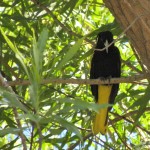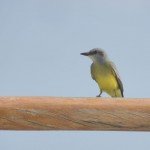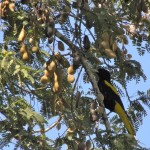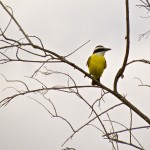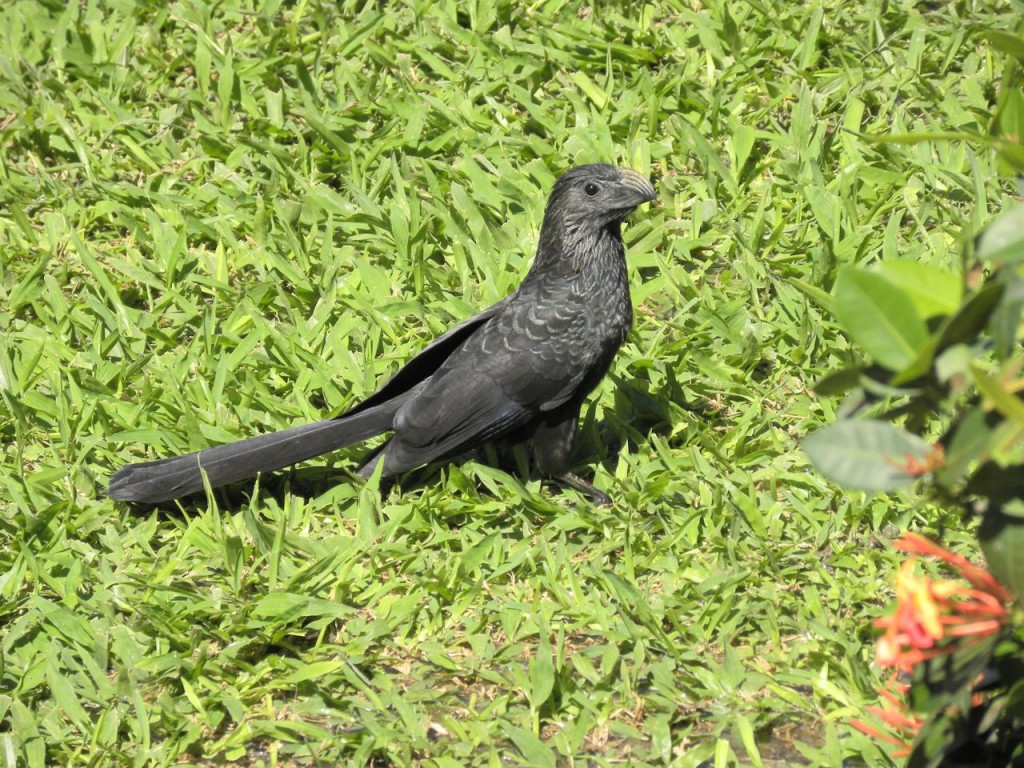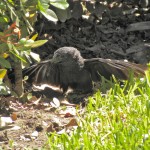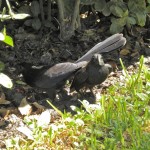6 February 2014. Ontario. Not the normal sort of posting this one. But today I had the privilege of a very brief glimpse (but no photograph) of a Northern Saw-whet Owl.
I am on the list of volunteer drivers for The Owl Foundation, an owl rehabilitation centre that relies for support on the goodness of peoples’ hearts. When they have a patient-owl that needs to be transported, either as an incoming injured bird or as an about to be released bird, they call upon a string of drivers to do the job. Today I ferried the Saw-whet on the last leg of its journey, delivering it to the rehab experts.
As the young specialist lifted it gently from its box she quickly assessed its condition and confirmed a fractured humerus; not a good condition. But, she added with relief that the bone had not penetrated the skin; if it had, the exposed end would have dried and been incapable of repair and healing. As it was they planned to send it on to a veterinary surgeon for an attempt at resetting (my words, not theirs).
That quick in-the-hand assessment was my glimpse of this pretty little bird. The accompanying notes said that the finder’s husky had picked it up. It must have been in a poor way for a dog to pick it up; perhaps it had been in an earlier collision with a car.
Anyway, the prognosis is rarely good for birds with such injuries. Vets’ fees are high and volunteer organizations depend on the generosity of donated professional time; if the chances of repair and rehabilitation are good then it’s easier to call upon such donations.
Saw-whets are endearing little owls. Their name comes from one of their calls which is supposed to sound like a saw being sharpened, or whetted. You can read more on this species and play a recoding of the call by following this link to The Owl Foundation website.
I obtained the engaging photo below from Wikimedia Commons and is the work of Brendan Ially.
